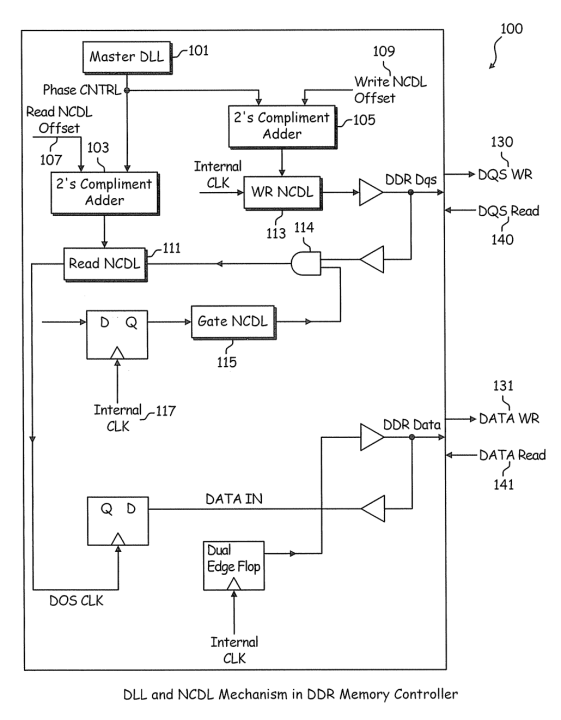
Last week, we detailed the first lesson to be learned from the Amazon v IRS tax case: The CUT Method of Transfer Pricing is Not Dead. This week, we’ll dig into the second of three lessons.
In order to make sure every one of your transfer pricing analyses are strong and defensible, there are a few takeaways from the Court’s critique of each party’s analyses:
Pay attention to your search strategy
Whether conducting transfer pricing research yourself, or using a third-party provider, always pay attention to the source of information, as well as how the final set of agreements were chosen. Chose agreements based on:
- Similar functions and risks
- Similar intellectual property
- Between unrelated parties
If the data does not satisfy, at least, this criteria, you may need to reconsider your approach.
Always review the full text of the agreement
As seen in Judge Lauber’s Opinion, each one of the agreements was reviewed in its entirety. Based on this review, he dismissed a few of the agreements. For example, the agreement for the use of trademark for MacGregor-branded products was rejected due to a settlement, and could have been found in the background section of the agreement.
If you’re using a license agreement database that does not include the full text of the agreement, it may be time to source your transfer pricing data elsewhere. By manually reviewing each agreement, you ensure you have all the details regarding the royalty structure and other important pieces of the contract. These data points can be hidden within the agreement, and missed by search algorithms or human error. A full review of each document gives you the confidence your analyses are correct, and allows you to confidently defend your decisions.
Ensure proper due diligence
In Judge Lauber’s review of the party’s agreements, he dismissed a few based on a review of additional sources of information, namely news surrounding the deals and licensors/licensees. This was seen in the rejection of the agreement for the F.A.O. Schwarz trademark based on media describing the transaction as that of a “distress sale.”
Always ensure proper due diligence by checking additional sources of information. This includes news sources and press releases which can provide any missing context from the agreement. As seen in the Amazon v. IRS case, additional context can make the difference between the Court accepting or rejecting an agreement from your final set. Ultimately, had either party sought information beyond the agreements, they could have avoided rejection.
Finding Comparables with ktMINE
ktMINE is uniquely positioned to address these needs. First, ktMINE users have direct access to the system to perform their searches. This puts the research power in the hands of those with all the facts of their current project. Additionally, direct access to the applications allows analysts to modify, expand, and narrow their searches as they see fit. This control gives users the ability to build the best searches to fit their transaction facts.
Second, ktMINE gives users access to a full agreement summary tied directly to the source documents of full-text information. As seen in the Amazon case, the Court can decide to review the agreements in the case and come to their own determination, based on a combination of full text review and outside news and investor research. When users are unable to conduct unlimited searches, their analysis often suffers. Additionally, if they pay extra to view the full text of the agreement, focus shifts from creating thorough analyses to creating analyses within budget. ktMINE allows users to create comprehensive and defensible analyses without the threat of added costs, eliminating budget worries from the equation.
Check back next week when we dive into the royalty rates selected in the case, and our final lesson pertaining to the case.



